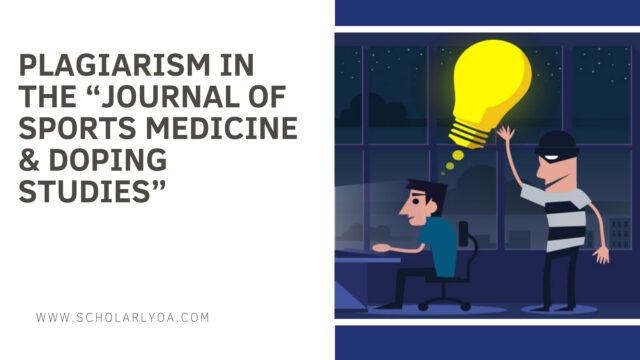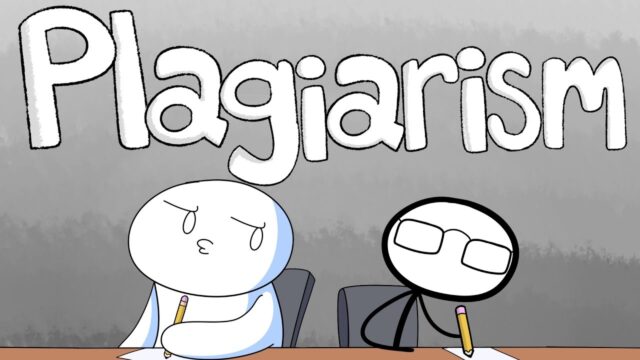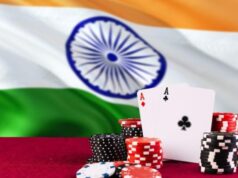
The editor of the Journal of Sports Medicine & Doping Studies, Senthil P. Kumar, wrote an editorial in the journal that contains passages that appeared in three previously-published articles.
Kumar, who is an associate professor in the Dept. of Physiotherapy at the Kasturba Medical College in Mangalore, India, editorialized about the advent of open access, commenting on its strengths and weaknesses, and its past and future.

Unfortunately, Kumar doesn’t seem to understand that open access is not the same as open season on using others’ work.
Here is the citation to his editorial:
Kumar, Senthil P. (2012). “Open Access Publishing: Opening the Access versus Accessing the Open: A Multidimensional Perspective.” Sports Medicine & Doping Studies 2.4:1-3.
The above article contains passages taken verbatim from the following three articles [Note: the following three articles do not contain plagiarism; they are the victims of plagiarism].
Laakso M., Welling P., Bukvova H., Nyman L., Björk B-C., & Hedlund T. (2011) “The development of open access journal publishing from 1993 to 2009.” PLoS ONE. 2011;6:e20961. DOI: 10.1371/journal.pone.0020961.
Albert, K. M. (2006). Open access: implications for scholarly publishing and medical libraries. Journal of The Medical Library Association, 94(3), 253-262.
Schroter Sara, & Tite Leanne. (2006). “Open access publishing and author-pays business models: a survey of authors’ knowledge and perceptions.” Journal of the Royal Society of Medicine 99:141–148.

Evidence
I have scanned the entire editorial and the pertinent sections of the three articles. The copied passages are numbered P-1 through P-6 on the unoriginal editorial, and the original passages are numbered O-1 through O-6 on the original articles. The entire PDF is available here.
I am becoming increasingly aware of plagiarism occurring in the journals published by organizations on my list of predatory publishers.
Identifying Plagiarism
I tried using plagiarism detection software to determine whether publishers’ articles I was examining contained plagiarism, but it didn’t work. The best programs had already indexed the articles I was checking, so they came back as 100% positive because they were already in the database.

Consequently, I have developed a manual method for detecting plagiarism in predatory journals. For articles that are poorly copyedited and that are clearly written by a non-native speaker of English, I read through the article and look for unattributed text that suddenly becomes grammatical and idiomatic. Then I search phrases of the text (i.e., in quotation marks) in Google.
I frequently find plagiarism in the journals on my predatory lists using this method. Many of the newest scholarly open-access publishers come from India, and I am concerned and surprised at the amount of plagiarism I see coming from that country. What is going on?












